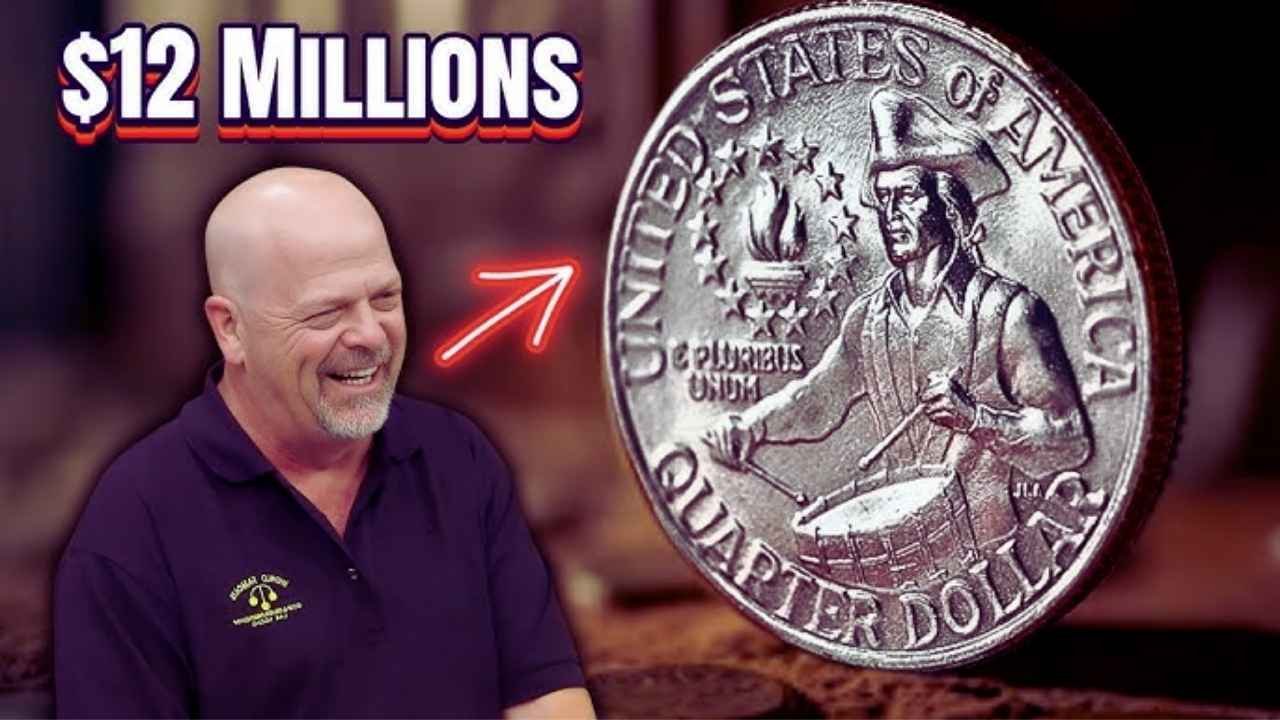A single penny could change your life. The Lincoln Wheat Penny, first minted over a century ago, is a familiar coin to many Americans. Most are worth just one cent, but a rare version of this penny can fetch up to $144,000 at auction. Collectors and everyday people alike are buzzing about the possibility that this valuable coin might still be hiding in loose change, waiting to be discovered in wallets, coin jars, or cash registers.
A Penny with History
The Lincoln Wheat Penny was introduced in 1909 to celebrate Abraham Lincoln’s 100th birthday. It features the president’s profile on the front and two wheat stalks on the back, giving it the “Wheat Penny” name. Produced until 1958, billions of these pennies were minted, making them common in circulation. However, certain rare versions, due to minting errors or special features, are worth a fortune. One such penny, the 1943 bronze Lincoln Wheat Penny, is the star of the show, with a record sale of $144,000 in 2022.
Why Is It So Special?
The 1943 bronze penny is valuable because of a mistake at the U.S. Mint. During World War II, pennies were made from zinc-coated steel to save copper for the war effort. However, a tiny number of pennies were accidentally struck in bronze at the Philadelphia Mint. Experts believe fewer than 20 of these error coins exist today. They lack a mint mark, unlike most pennies, which adds to their rarity. If you find one, it could be worth a small fortune.
| Feature | Regular 1943 Penny | Rare 1943 Bronze Penny |
|---|---|---|
| Material | Zinc-Coated Steel | Bronze |
| Mint Mark | D, S, or None | None |
| Value | 1 cent | Up to $144,000 |
How to Identify the Treasure
Spotting a 1943 bronze penny takes a keen eye. First, check the date: it must be 1943. Next, look at the material. Most 1943 pennies are steel and stick to a magnet; the rare bronze version does not. Bronze pennies are also slightly heavier (3.11 grams vs. 2.7 grams for steel) and have a coppery, reddish color. If you think you’ve found one, visit a professional coin dealer for verification. They’ll use tools like a scale or magnifying glass to confirm its authenticity.
| Check | Steel 1943 Penny | Bronze 1943 Penny |
|---|---|---|
| Weight | 2.7 grams | 3.11 grams |
| Magnet Test | Sticks to magnet | Does not stick |
| Color | Silvery | Coppery-red |
Could It Still Be Out There?
The idea that a $144,000 penny could still be in circulation is thrilling. Stories of people finding rare coins in everyday places, like vending machines or bank rolls, keep the hope alive. In 2024, a New Jersey man found a 1943 bronze penny in his grandfather’s old coin jar, sparking excitement among collectors. While the odds are low, experts say it’s possible to stumble across one, especially since these pennies were never recalled by the Mint.
Keep Your Eyes Open
The Lincoln Wheat Penny proves that small things can hold big value. Whether you’re sorting through change at the grocery store or digging through a piggy bank, it’s worth checking those pennies. Look for the 1943 date, test it with a magnet, and note its color. You might just find a piece of history that could make you $144,000 richer, hiding in plain sight.
